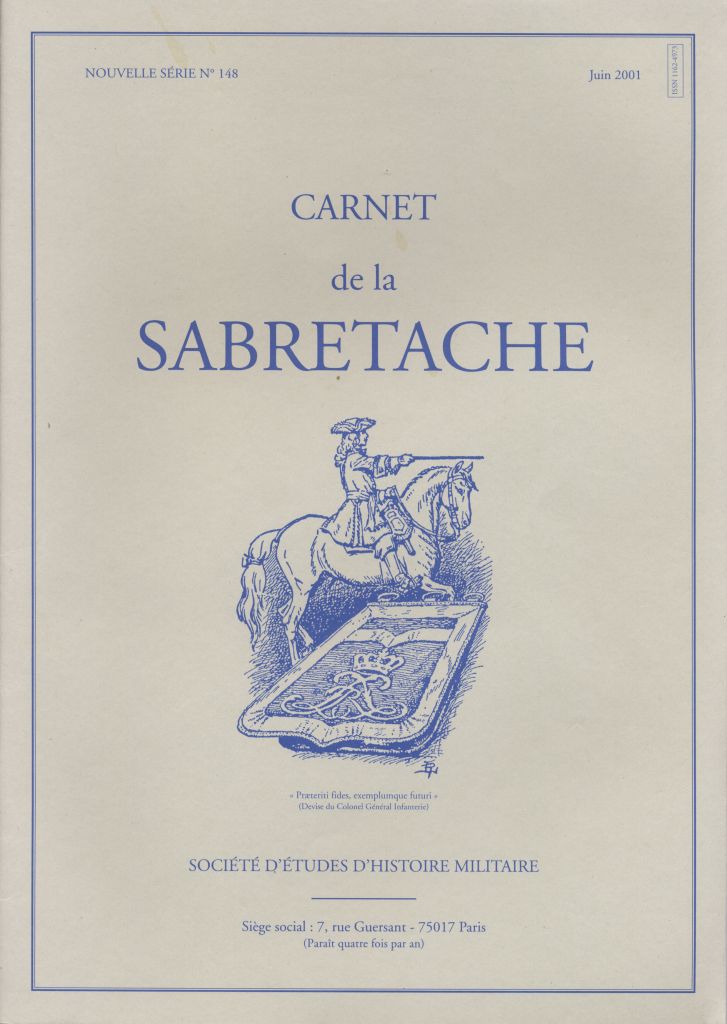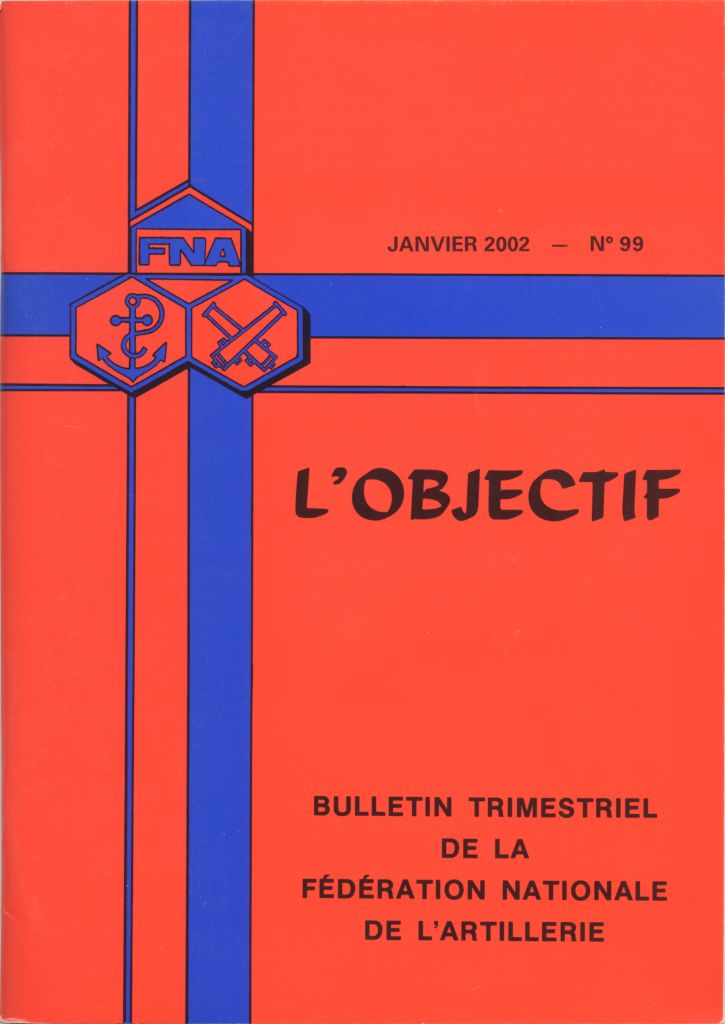« Artillerie et art de la petite guerre : un long cheminement »
Résumé de l’article en français au bas de la présente page // Abstract of the article in English below.
Article publié dans deux revues différentes. Détails ci-après.
1. Publié initialement en 2001 dans : Carnet de la Sabretache, nouvelle série n° 148, juin 2001, p. 46-50. Pour commander, contacter la Société de la Sabretache ICI.

2. Publié à nouveau en 2002, dans : L’Objectif (Bulletin trimestriel de la Fédération nationale de l’artillerie), Paris, janvier 2002, n° 99, p. 38-46.
Pour consulter le site Internet de la Fédération nationale de l’artillerie, cliquer ICI.
Pour un accès direct à la table des matières de ce numéro de L’Objectif, cliquer ICI.

Résumé introductif en français :
En 1744, pour la première fois en France, des pièces d’artillerie sont associées à un corps de troupes légères dès sa création. Le régiment des arquebusiers de Grassin, corps mixte de fantassins et de cavaliers, se voit en effet attribuer deux pièces du canon léger dit « à la suédoise ». L’article montre d’une part, exemples à l’appui, que les sources narratives permettent d’identifier un usage du canon à la petite guerre – la tactique de spécialité des troupes légères – dès la guerre de Succession d’Autriche en Flandre (1744-1748). Mais, d’autre part, on observe que seuls les traités théoriques de petite guerre publiés après la guerre de Sept Ans (1756-1763) envisagent sérieusement le recours à l’artillerie dans ce domaine et l’encouragent. Pour éclairer ce décalage, il faut revenir sur les évolutions tactiques et techniques ainsi que sur les choix politiques au long du xviiie siècle.
Abstract in English :
"Artillery and the art of the 'petite guerre': a long progression"
In 1744, for the first time in France, some pieces of artillery are associated to a unit of light troops from its inception. Indeed, the regiment of the harquebusiers of Grassin, a mixed body of infantrymen and cavalrymen, received two pieces of the light cannon known as "à la Suédoise" (in the Swedish way). With examples, the article shows on the one hand that narrative sources make it possible to identify a use of cannons in the "petite guerre" – the tactic in which light troops are specialized – from the War of the Austrian Succession in Flanders (1744-1748) onwards. But on the other hand, it is observed that only the theoretical treatises of the "petite guerre" published after the Seven Years' War (1756-1763) seriously consider the use of artillery in this area and encourage it. To clarify this discrepancy, we must return to the tactical and technical developments as well as to the political choices during the 18th century.